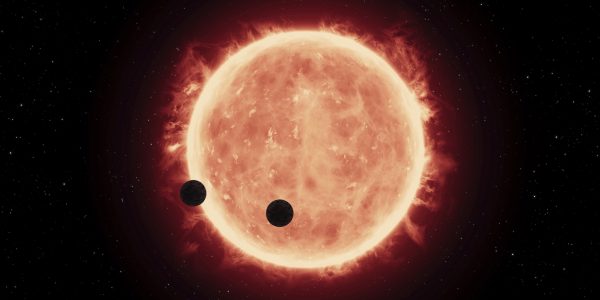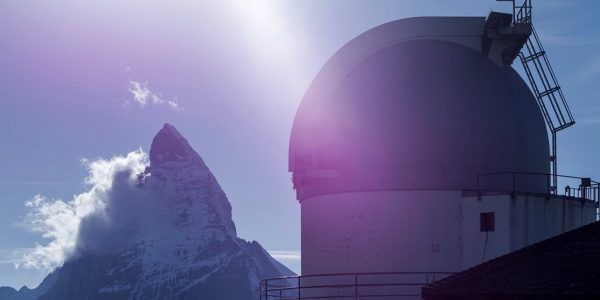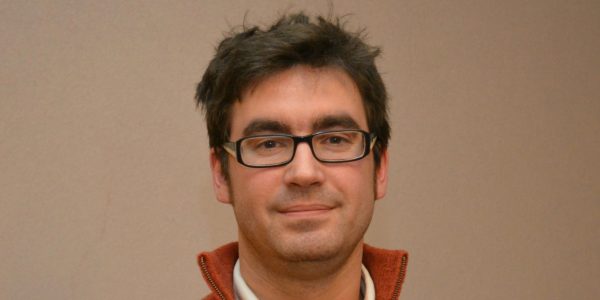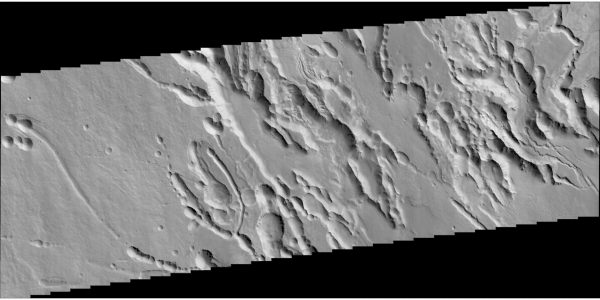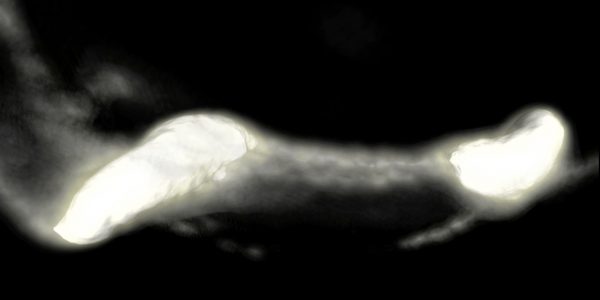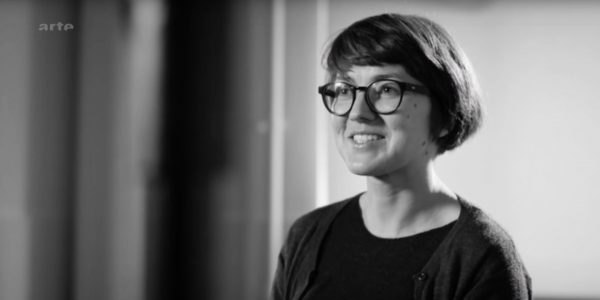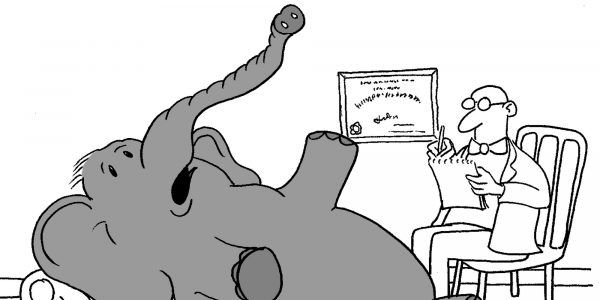Author Archive
Research highlights
In modern astronomy researchers not only observe celestial objects, but also build them in computers and follow their evolution over time. These simulations reveal exciting new insights that – of course – have to be validated by observations. In the last few weeks, members of PlanetS published new results about comets, giant planets and earth-sized […]
Continue ReadingSpace Trip on the Gornergrat
This October, the Stellarium Gornergrat launched two special weeks called “Space Trip” for hotel guests on site. Being a new format, we awaited the premiere with great expectations and were not disappointed. By Timm Riesen During the Space Trip weeks, hotel guests were offered one or two activities every day, introducing them to the night […]
Continue ReadingFOUR ACES wins ERC grant
On Thursday 17 November the European Research Council (ERC) announced to David Ehrenreich, leader of NCCR PlanetS sub-project 3.2 in Geneva, that his project submitted in February 2016 would be funded by a Consolidator grant. This grant is awarded by the ERC to researchers who have between 7 and 12 years of experience and it […]
Continue ReadingCaSSIS sends first images from Mars orbit
The Mars Camera, CaSSIS, on the ExoMars Trace Gas Orbiter captured its first high resolution images of the Red Planet last week. The Bernese camera worked almost perfectly and has provided spectacular views of the surface. CaSSIS (Colour and Stereo Surface Imaging System) has been developed by a team from the University of Bern led by […]
Continue ReadingWhen scientists get emotional
“Launches are inherently dangerous,” said Nicolas Thomas, when he waited at Baikonur Cosmodrome for ExoMars to lift off in March 2016: “There is always some sort of a risk of something blowing up. As long as the thing doesn’t blow up when I am too close to it.” Thomas is Principal Investigator of CaSSIS, the […]
Continue ReadingChury is much younger than previously thought
Based on computer simulations, Astrophysicists at the University of Bern conclude that the comet Chury did not obtain its duck-like form during the formation of our solar system 4.5 billion years ago. Although it does contain primordial material, they are able to show that the comet in its present form is hardly more than a […]
Continue ReadingThe search for truth
A TV documentary called „The Luther Code“ asks how modern mankind has emerged and what the future will bring. In its second episode, broadcast on 29 October 2016 on Arte, it featured astrophysicist Caroline Dorn at the University of Bern. You can now watch the documentary in German online on Arte Mediathek.
Continue ReadingGetting ready for a tricky task
After ExoMars TGO has reached its Mars Capture Orbit, the intention is to switch on CaSSIS in the week from November 21 to 28 and acquire images of Mars for the first time. A media release is planned on 1 December 2016 when ESA’s Ministerial Council is being held in Lucerne. By Nicolas Thomas There […]
Continue ReadingGender bias in ERC grant evaluation
By Nadine Afram In the last edition of the InsiderS, I reported on two topics that are currently discussed in gender research. Here, I will focus on the gender bias in evaluating grant proposals. It is educative to see how selection criteria can be, albeit probably mainly unconsciously, cherry picked to be applied differently for […]
Continue ReadingPlanetS at ScienceComm 16
This year this important scientific communication event in Switzerland was held in Grandson, where 200 people gathered in an idyllic setting at the edge of Lake Neuchatel. ScienceComm 2016 was the fifth edition of a congress that takes more breadth year after year within the community of people in charge of communication in research institutes, […]
Continue Reading
